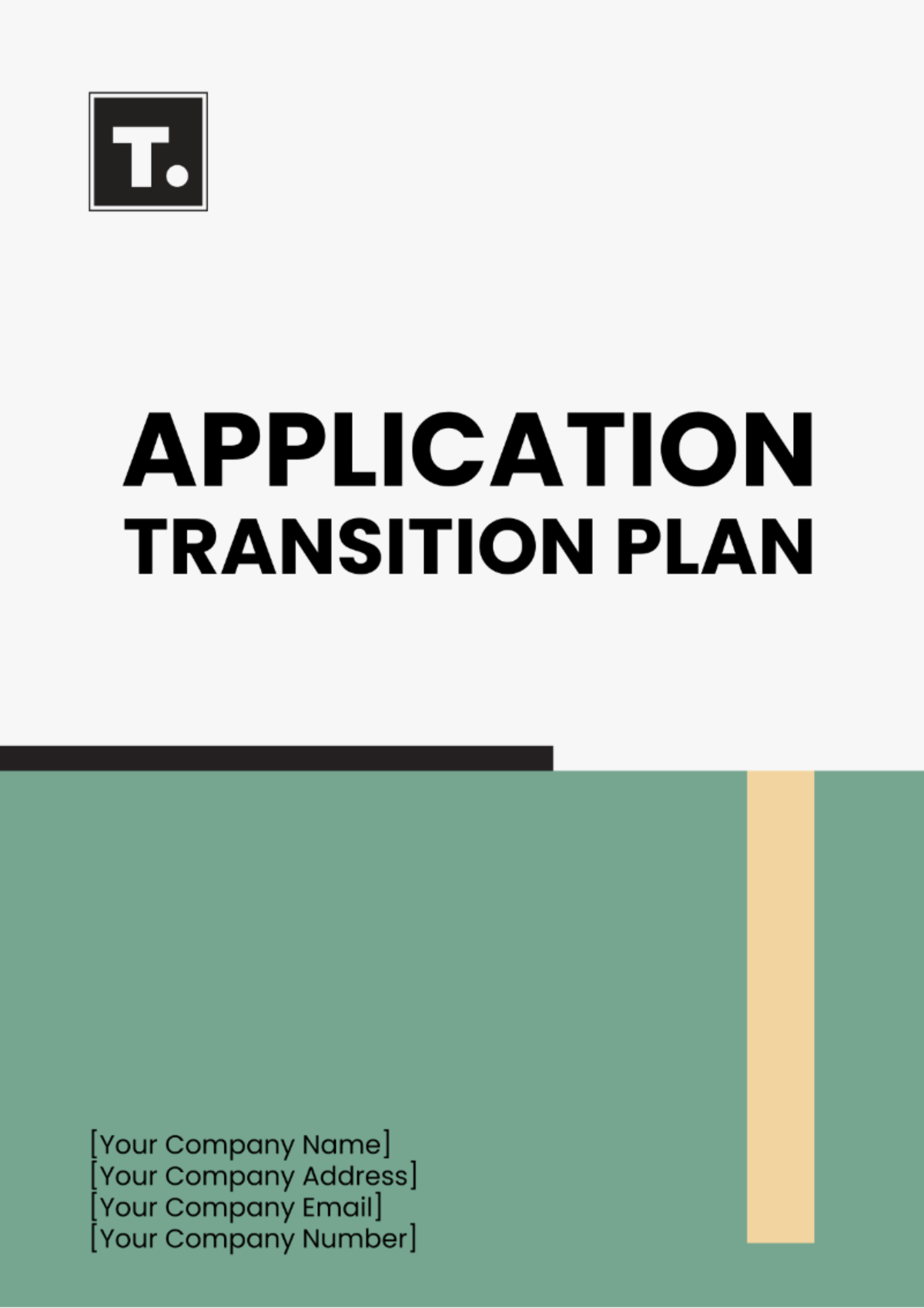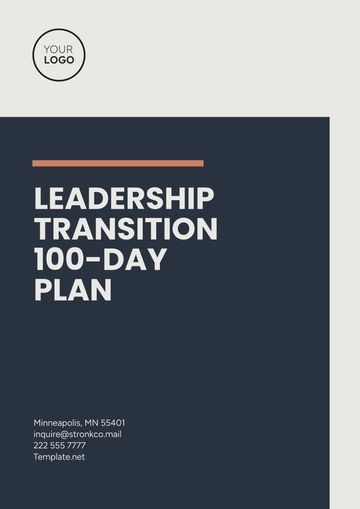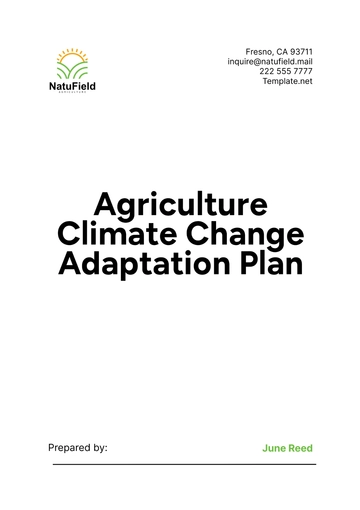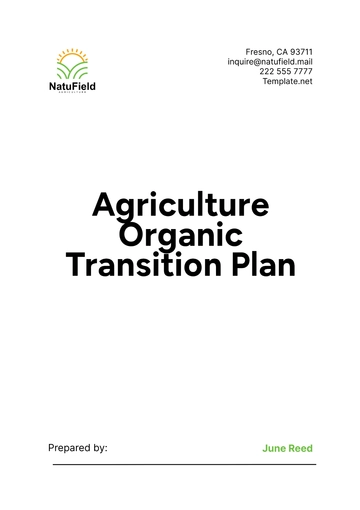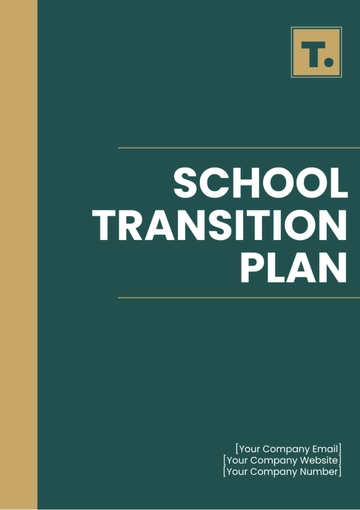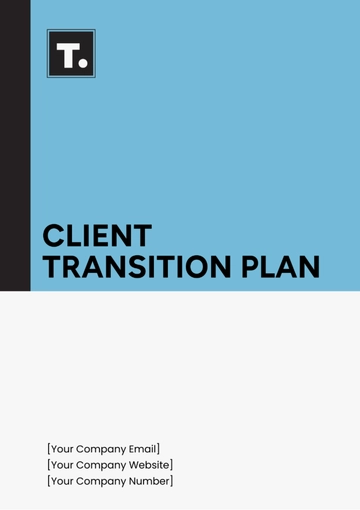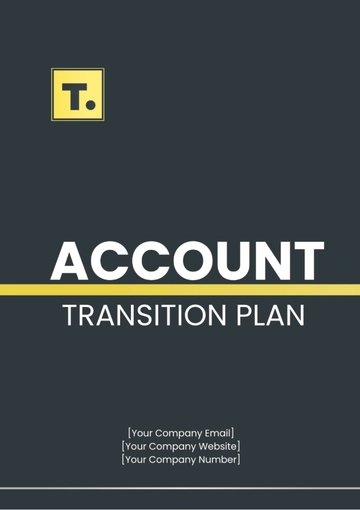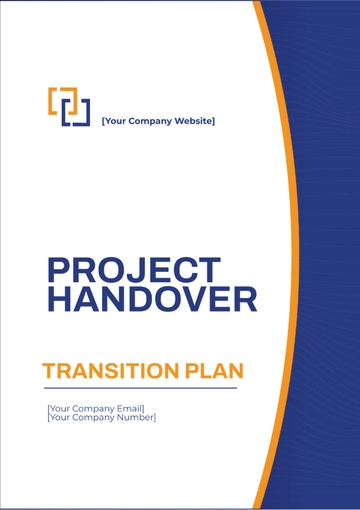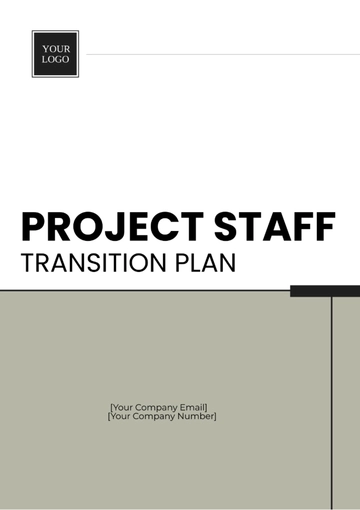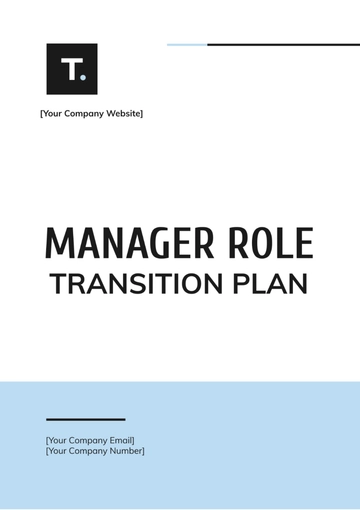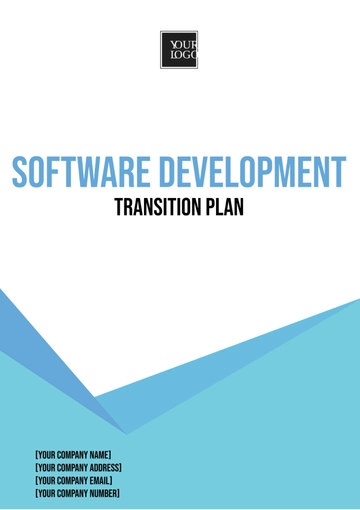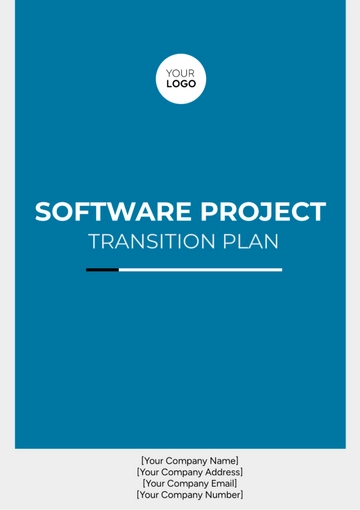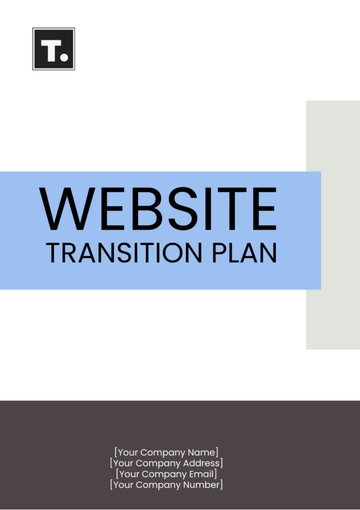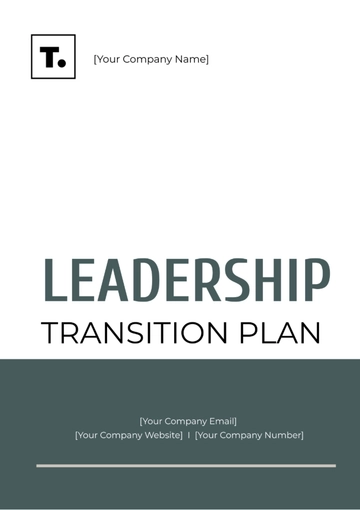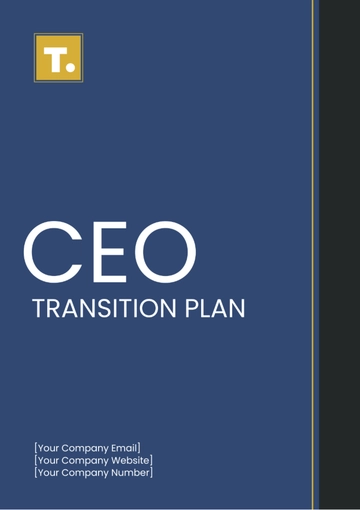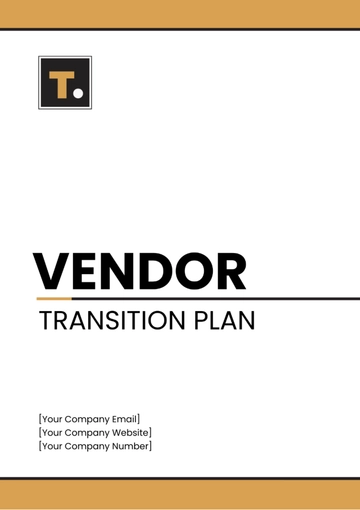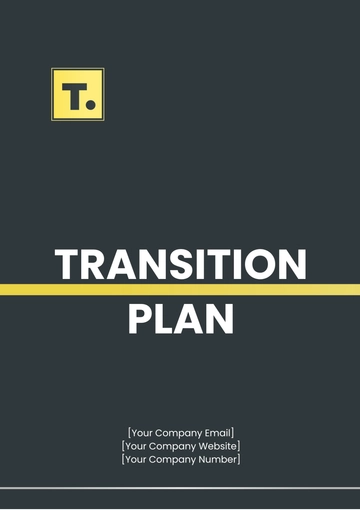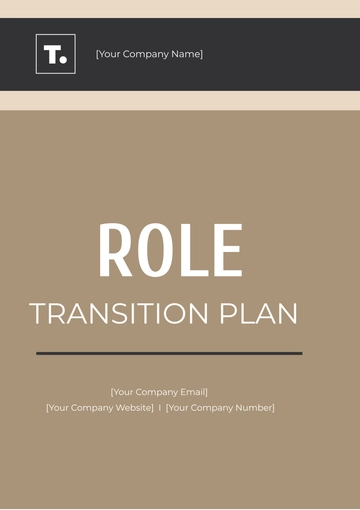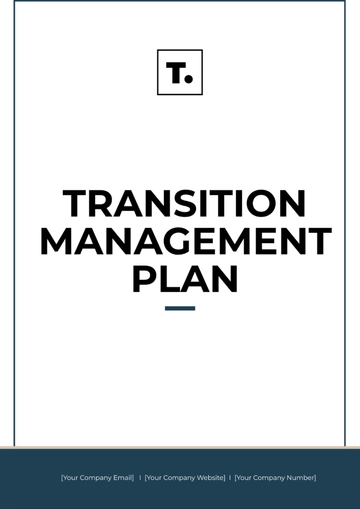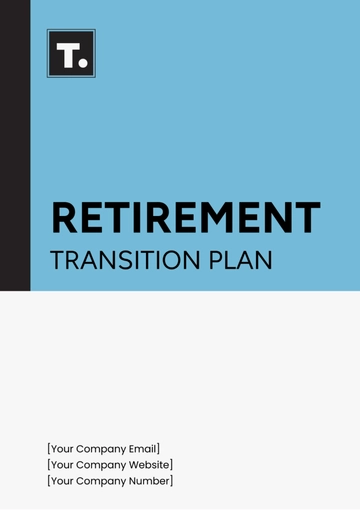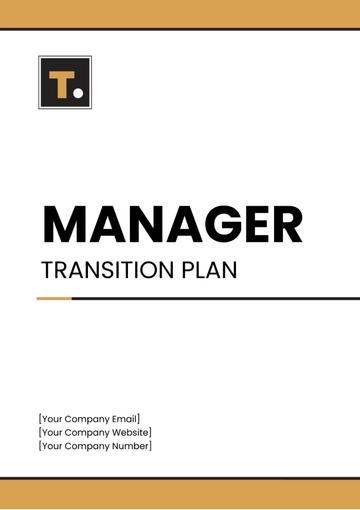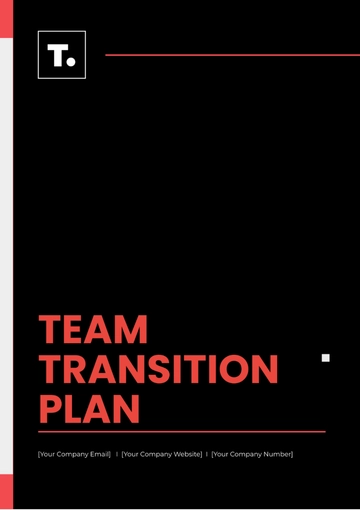Application Transition Plan
Prepared By : | [Your Name] |
Department : | [Your Department] |
Date Prepared : | [Date] |
I. Introduction
This Application Transition Plan outlines the process of transitioning the CRM system of [Your Company Name] from the on-premises environment to a cloud-based solution. The transition aims to enhance scalability, accessibility, and efficiency in managing customer data.
II. Scope of Transition
2.1 The application to be transitioned is the CRM system of [Your Company Name], encompassing customer data, contact information, communication history, and sales pipelines.
2.2 The source environment is our on-premises server infrastructure, while the target environment is a cloud-based CRM platform.
2.3 Components included in the transition:
III. Transition Goals and Objectives
Goals | Objectives |
|---|
Achieve 100% data accuracy during migration | Complete data migration within three weeks |
Minimize downtime and disruption | Ensure compatibility and functionality in the cloud environment |
IV. Transition Approach
The transition will follow a structured approach to ensure a smooth and successful migration from the on-premises environment to the cloud-based platform. The approach consists of four main phases:
Phase | Activities |
|---|
Planning and Preparation | Gather requirements and assess current infrastructure Select the appropriate cloud platform Develop a detailed transition plan
|
Data Migration and Testing | Extract, transform, and load data into the cloud environment Test migrated data and application functionality
|
User Training and Acceptance Testing | |
Go-live and Post-Transition Support | |
Each phase will involve collaboration between IT teams, stakeholders, and external vendors.
V. Transition Timeline
Phase | Timeline | Activities |
|---|
Planning and Preparation | May 2050 | Week 1: Stakeholder alignment and requirement gathering Week 2: Infrastructure assessment and cloud platform selection |
Data Migration and Testing | June 2050 | Week 3-4: Data extraction, transformation, and loading (ETL) Week 5-6: Integration testing and data validation |
User Training and Acceptance Testing | July 2050 | Week 7: Development of training materials Week 8: User training sessions and feedback collection |
Go-live and Post-Transition Support | August 2050 | Week 9: Final data migration and system cutover Week 10: On-site support and issue resolution post-transition |
VI. Risks and Mitigation Strategies
Risk | Mitigation Strategy |
|---|
Data loss or corruption during migration | Regular data backups and validation checks |
Technical compatibility issues in the cloud environment | Thorough testing and pilot deployments before full migration |
VII. Communication Plan
7.1 Communication Channels
7.2 Responsibilities
VIII. Training Plan
8.1 Training Needs Assessment
8.2 Training Delivery
IX. Testing Strategy
Types of Testing | Testing Environments |
|---|
Data integrity testing | Development, staging, and production environments |
Performance and scalability testing | Development and staging environments |
User acceptance testing (UAT) | Staging and production environments |
X. Rollback Plan
In the event of critical issues or data discrepancies post-transition:
XI. Approval
The following signatures indicate the approval of this Application Transition Plan:
Name | Title | Signature | Date |
|---|
[Approver 1 Name] | Project Manager | 
| [Date Signed] |
[Approver 2 Name] | IT Manager | 
| [Date Signed] |
This Application Transition Plan provides a comprehensive roadmap for transitioning the CRM system of [Your Company Name] to a cloud-based environment, ensuring a smooth and successful migration process.
Plan Templates @ Template.net
